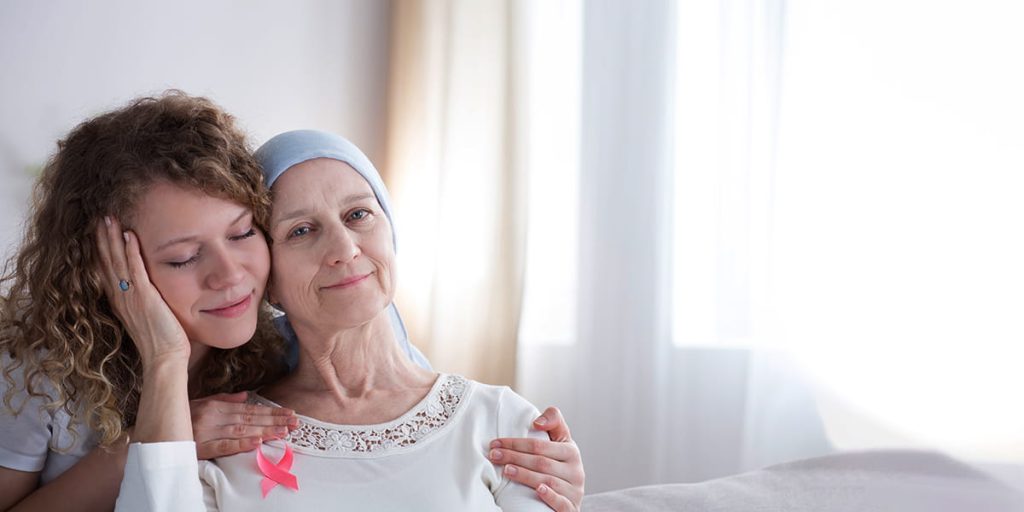
Red light therapy (RLT) uses red and near-infrared (NIR) wavelengths of light to treat various conditions. For example, RLT has been used to treat musculoskeletal disorders, psoriasis, inflammation, wound healing, and muscle recovery to name a few.
To some extent, researchers have also found evidence that RLT may reduce some side effects of cancer treatment, such as oral mucositis, radiation dermatitis, and lymphedema.
With such wide applications, can we use red light therapy for breast cancer? And is red light therapy safe for breast cancer patients?
This article explores ongoing research and limitations of RLT and its future in breast cancer care.
Breast Cancer: Current Treatment Landscape
Breast cancer is the most prevalent cancer among women worldwide. However, successfully treating cancer and survival depends upon early diagnosis, screening methods, and any advancements in treatments.
The conventional modalities of treating breast cancer for early stage and locally advanced are described below.
The care plan for breast cancer includes treatment for symptoms and side effects arising due to cancer.
- Surgery
- Radiation therapy (RT)
- Chemotherapy (CT)
- Endocrine therapy (ET) or Hormonal therapy
- Targeted therapy
- Immunotherapy (Biological therapy)
- Neoadjuvant systemic therapy for non-metastatic breast cancer
Side Effects of Cancer Treatment
Except for surgery, the rest are all non-surgical breast cancer treatments. Most of these don’t just target the cancer tumor but also affect healthy cells and can cause several side effects, such as:
- Loss of appetite
- Nausea and vomiting
- Weakness and fatigue
- Mouth sores or dry mouth
- Taste changes from cancer or chemo treatments
- Hair loss
- Weight gain
- Early menopause
- Bleeding
- Diarrhea
- Higher risks of infection
We will see ahead how medications and other therapies like red light therapy for cancer treatment can address these effects and ease the side effects.
Red Light Therapy in Breast Cancer Care
Red-light therapy has already found its place in general medicine for more than 40 years. Its applications have already been seen in dermatology, physiotherapy, neurology, and dentistry.
Different clinical trials have investigated the use of red light therapy for a variety of side effects related to breast cancer treatment. The side effects red light therapy may help to soothe include:
- Breast cancer-related lymphedema
- Oral mucositis
- Radiodermatitis
- Chemotherapy-induced peripheral neuropathy
- Osteonecrosis of the jaw
Current recommendations suggest that the therapy should be carefully considered and must avoid cancerous areas.
Other Benefits of Red Light Therapy
Moreover, studies also suggest that red light therapy may help with:
- Wound healing and tissue repair
- Relieve pain and inflammation
- Reduce psoriasis
- Treat carpal tunnel syndrome
- Reduce myopia progression
- Reduce neuropathic pain
- Improve skin, build collagen, and diminish wrinkles
Studies have shown that red light therapy can become a new supportive care treatment for breast cancer patients but not as a whole treatment alternative.
Thus, red-light therapy for cancer treatment should not be considered a standalone treatment; however, it may be used in conjunction with traditional treatments to reduce side effects and improve quality of life.
Current Research on RLT and Breast Cancer
The ongoing research on Red Light therapy for breast cancer is limited.
However, there are studies of photobiomodulation (an all-encompassing term for red-light therapy) and cancer that suggest red light may actually increase the growth of cancer cells.
Whereas another research has concluded that PBM may be contraindicated in clinical use in patients with cancer.
These Might Interest You:
- Increasing Demand of Online Therapy
- Panax Ginseng Production Guide
- Strategies for Growing Your Online Therapy Business
- 7 Key Benefits of Remote Patient Care Monitoring for Chronic Conditions
- Cabbage Production Guide
- 4 Things to Help Enhance Mental Health Treatment Planning
- Coya Therapeutics Announces Positive Interim Results of an Investigator-Initiated Open Label Study with Low-Dose IL-2 and CTLA4-Ig Combination Treatment in Five Patients with Mild to Moderate Frontotemporal Dementia
